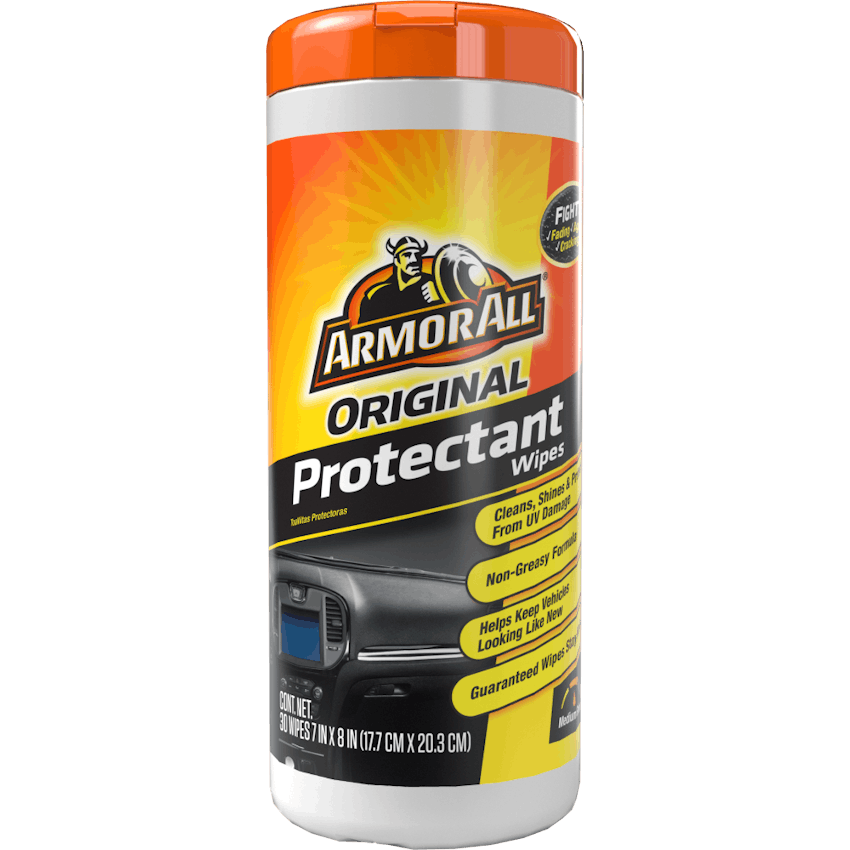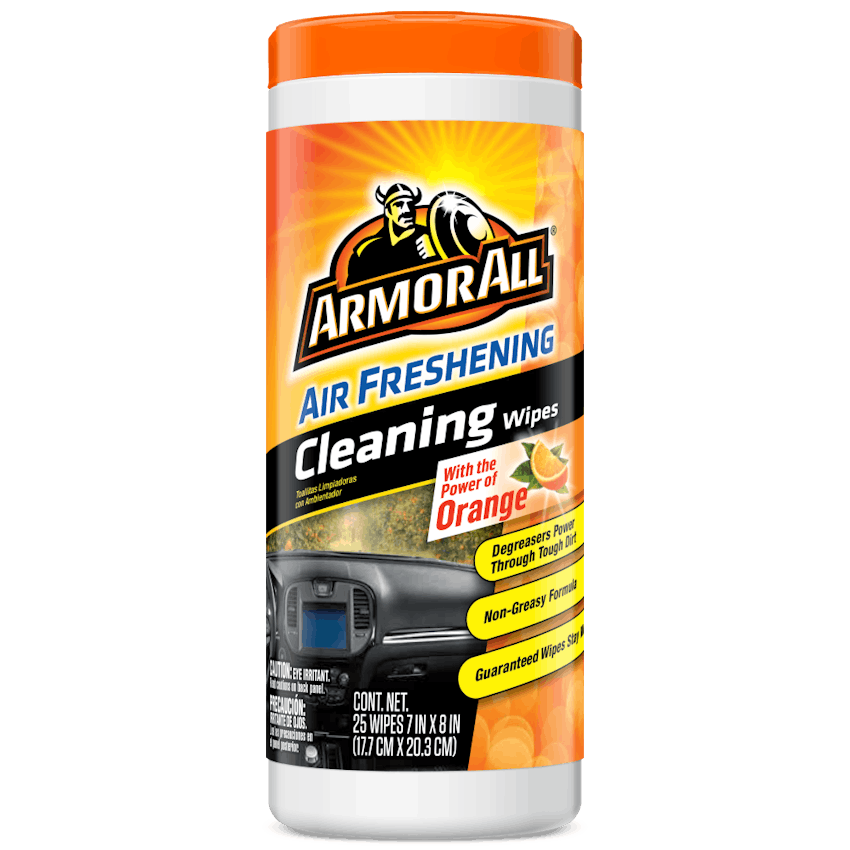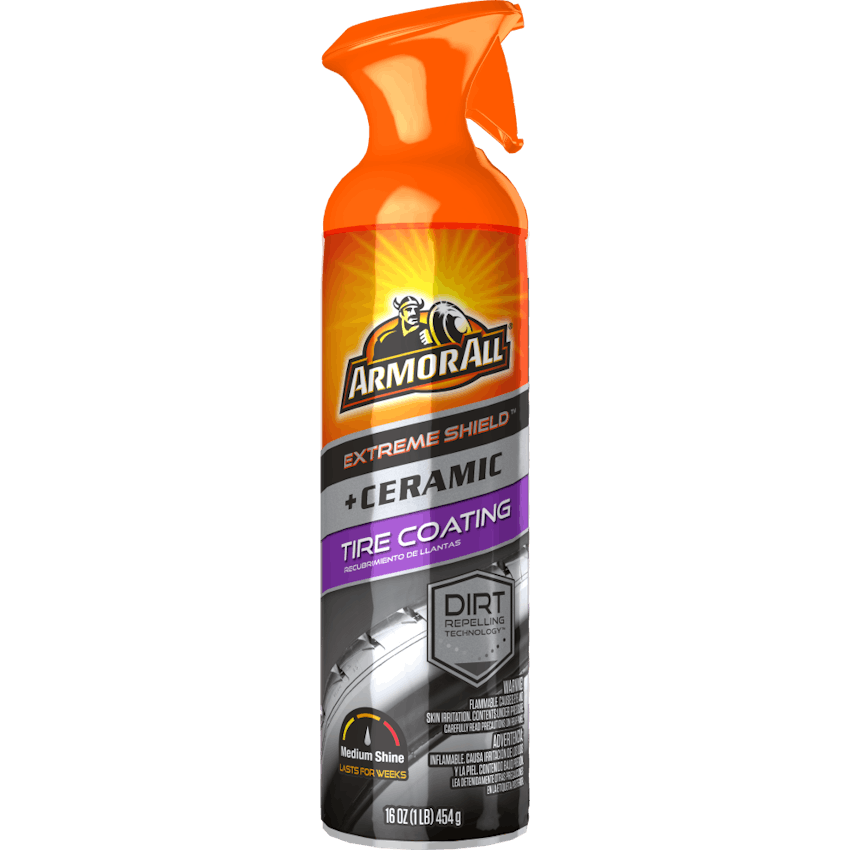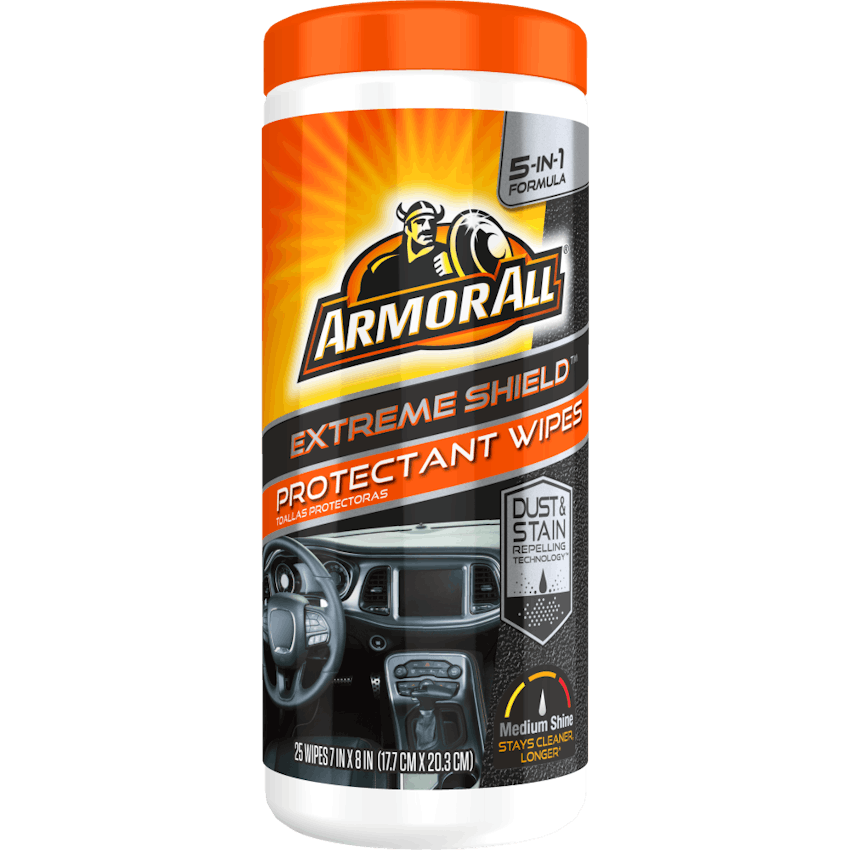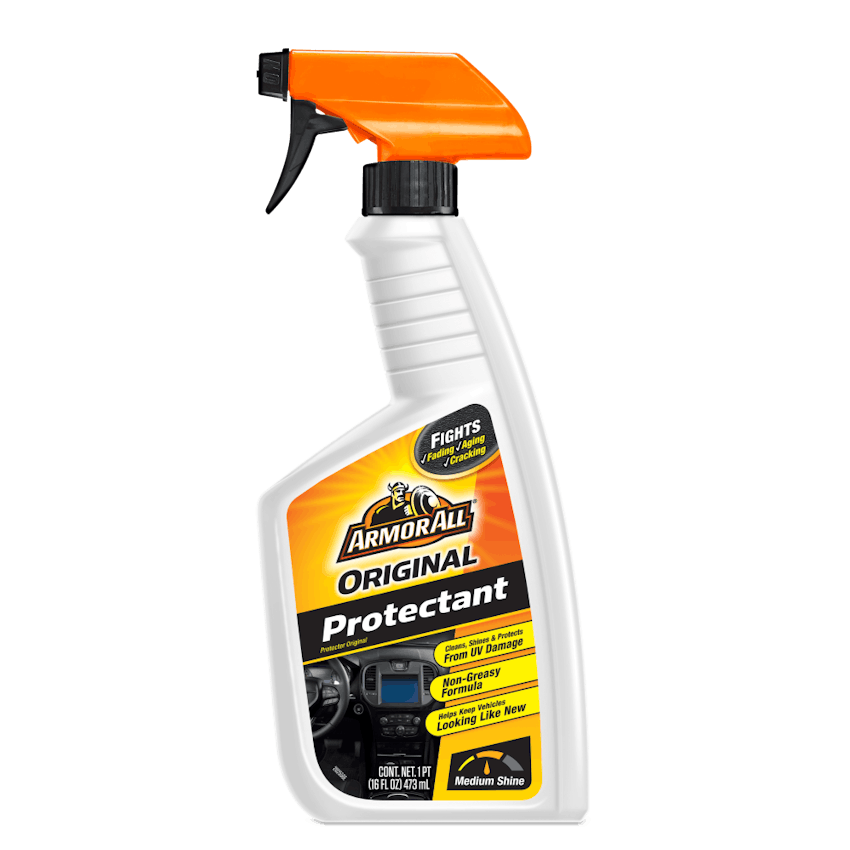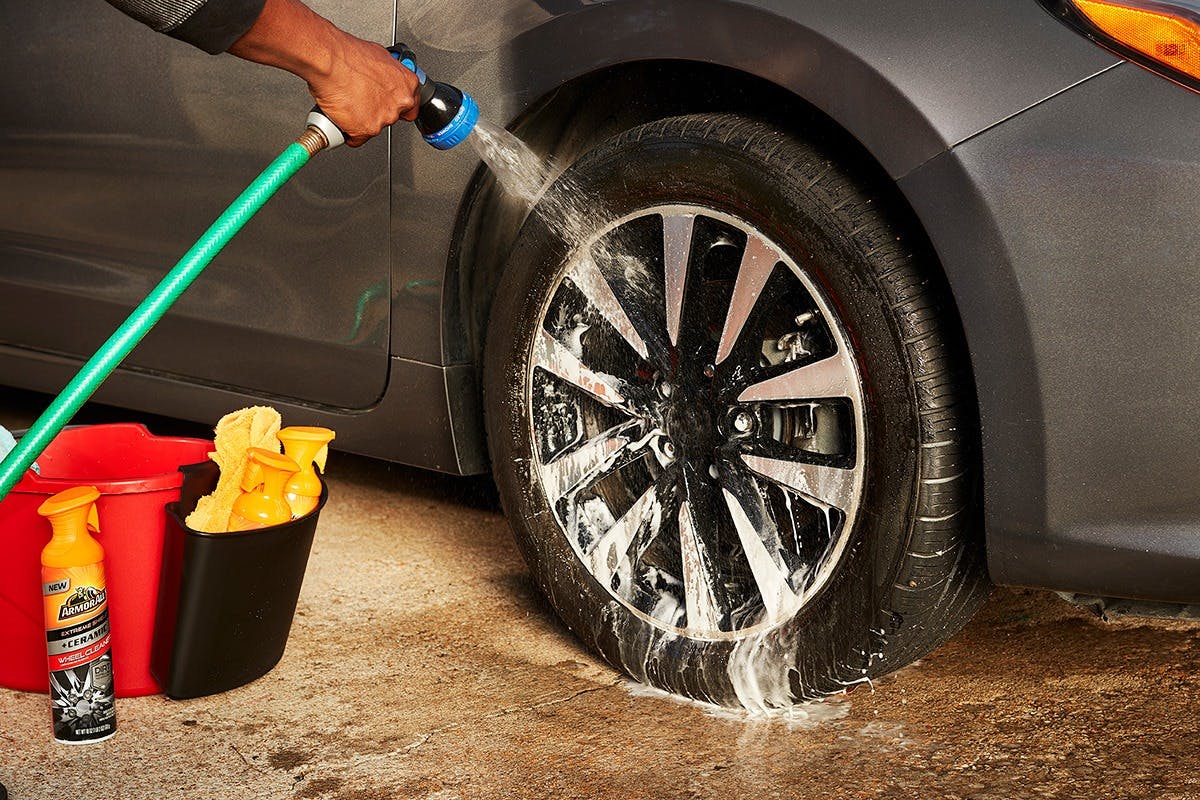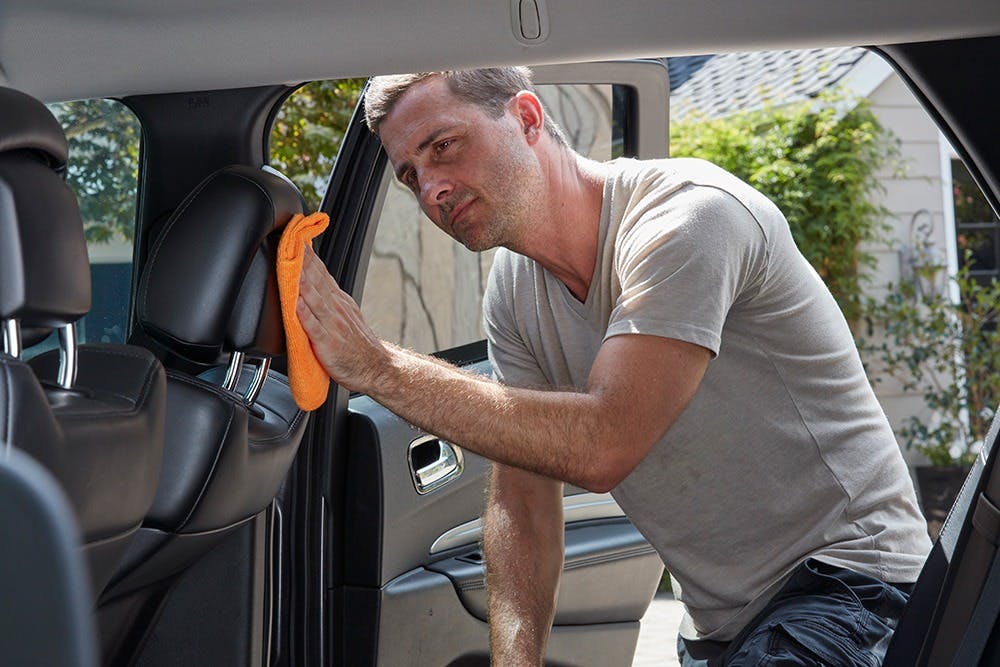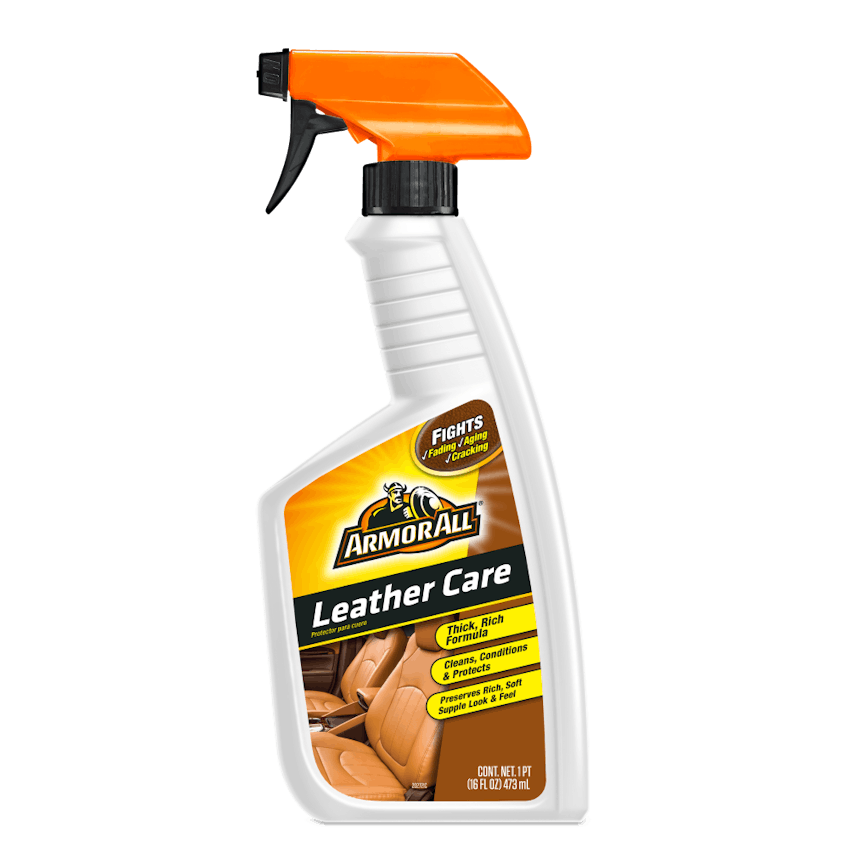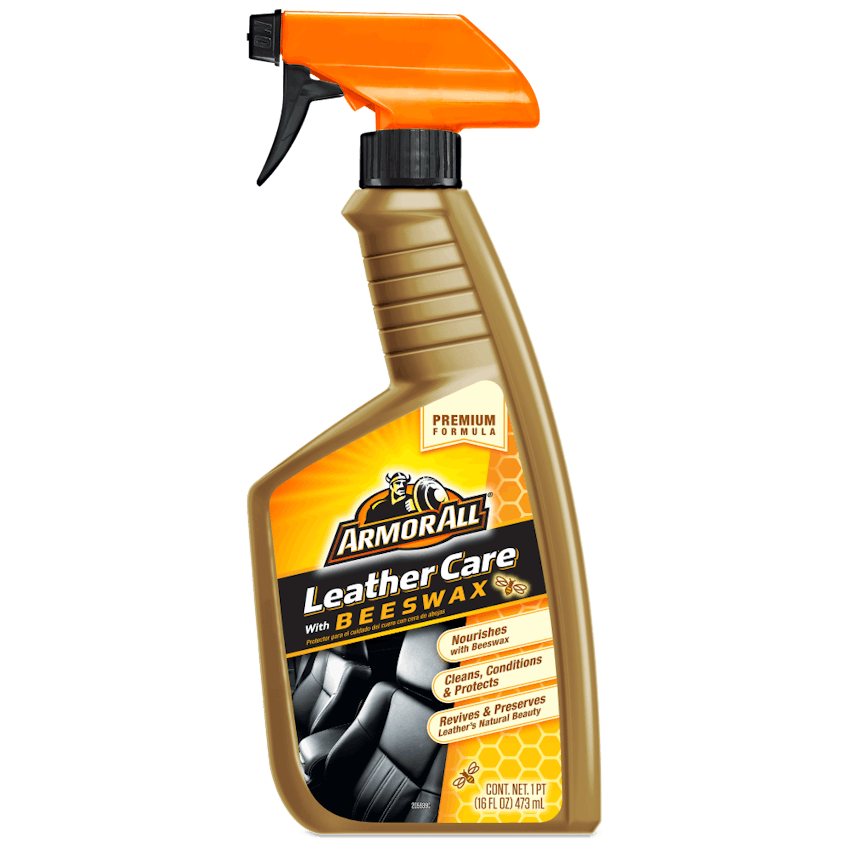Interior Tips
How to clean your car’s vinyl, rubber and leather interiors

- Regular cleaning helps protect the interior against harmful UV rays and heat
- Without cleaning, car interiors can fade, crack or become discolored
- Protectants are the most effective way to keep your vehicle’s vinyl, rubber and leather looking great
The interior of your car is constantly exposed to sunlight and heat. Over time, rubber, leather and vinyl interiors – such as dashboards and seats - can become discolored, dried out and cracked if not treated properly. Protectants are the most effective way to clean car interiors like vinyl as they contain surfactants to remove dirt and offer protection from UV damage.
Best way to clean your car’s vinyl interiors
Vinyl interiors are common in many cars. Keeping these surfaces clean is a quick job, especially if you are using the best cleaning products. But if you don’t keep on top of it, you could find that you’re cleaning mold off your vinyl seats.
How to clean vinyl car seats
To clean vinyl seats, use soap and water or a protectant. If using soap and water, make sure to use as little water as possible, and dry quickly so water doesn’t soak through to the cushion or padding.
Use a brush or toothbrush along seams to get into the pleats. After cleaning, dress with a protectant to protect from the sun. If the vinyl is already faded from the sun, repeated applications could help restore its luster.
Different protectant products have different shine levels. Select the shine level you prefer.
If using a protectant spray, it is better to spray it directly onto the surface rather than onto a cloth, which will absorb some of its cleaning and protective agents.
Best way to clean vinyl car floor mats
If your floor mats are made of rubber or vinyl, they can be easy to clean. First, remove them from the car and give them a good shake to remove any dust and dirt. Next, clean with soap and water. Again, make sure to dry thoroughly.
Best way to clean your car’s rubber
Rubber and plastic tend to feature on both car mats and doorjambs or door seals –the sections that seal your door shut when closed.
How to clean rubber car mats and door seals
You’ll clean your car’s mats and rubber door seals as you would with other rubber items – with some soap and water, and protectant.
Clean your door panels as you have cleaned other parts of your interior that are made from the same material. Check to make sure the door drains are clear (they’re at the bottom of the door). If clogged, use a thin wire brush such as a pipe cleaner to clear them. Wipe a damp rag over doorjambs to clean.
Clean vinyl and plastic door panels with soap and water or a cleaner. Dress them with a protectant after they dry.
Use the same technique on plastic or rubber door panels.
Wipe a damp rag soaked in soapy water over your rubber doorjambs to clean. Dress them with a protectant after they dry to keep them at their best.
For car mats, do as you would with vinyl mats. Remove from the car and give them a good shake to remove any dust and dirt. Clean with soap and water. Again, make sure to dry thoroughly.
Cleaning your plastic dashboard console
Protectants will not harm dashboards or cause a console to crack. The protectant penetrates the surface of the dashboard and can provide shine and UV protection to help extend the life of your plastic surfaces.
When working around sensitive areas such as the instrument panel, avoid overspray by spraying the protectant onto a cloth before applying or by using wipes or gels.
Use a protectant-soaked cotton swab to get into tight spaces, such as air vents. Consider using protectant wipes or gels or a toothbrush to get into tight areas.
Cleaning leather doorjambs and panels
Leather doorjamb panels should be cleaned and conditioned the same way as other leather portions of your car – with a specialist leather cleaner and protectant.
Use a small brush, such as a toothbrush, to clean around door handles, pulls, and window cranks. This removes the surface dirt and grime. Add a layer of leather protection after this step.
After cleaning, consider applying a lubrication substance to the doors’ latching apparatus. Check your Owner’s Manual to see if special lubrication is required.

